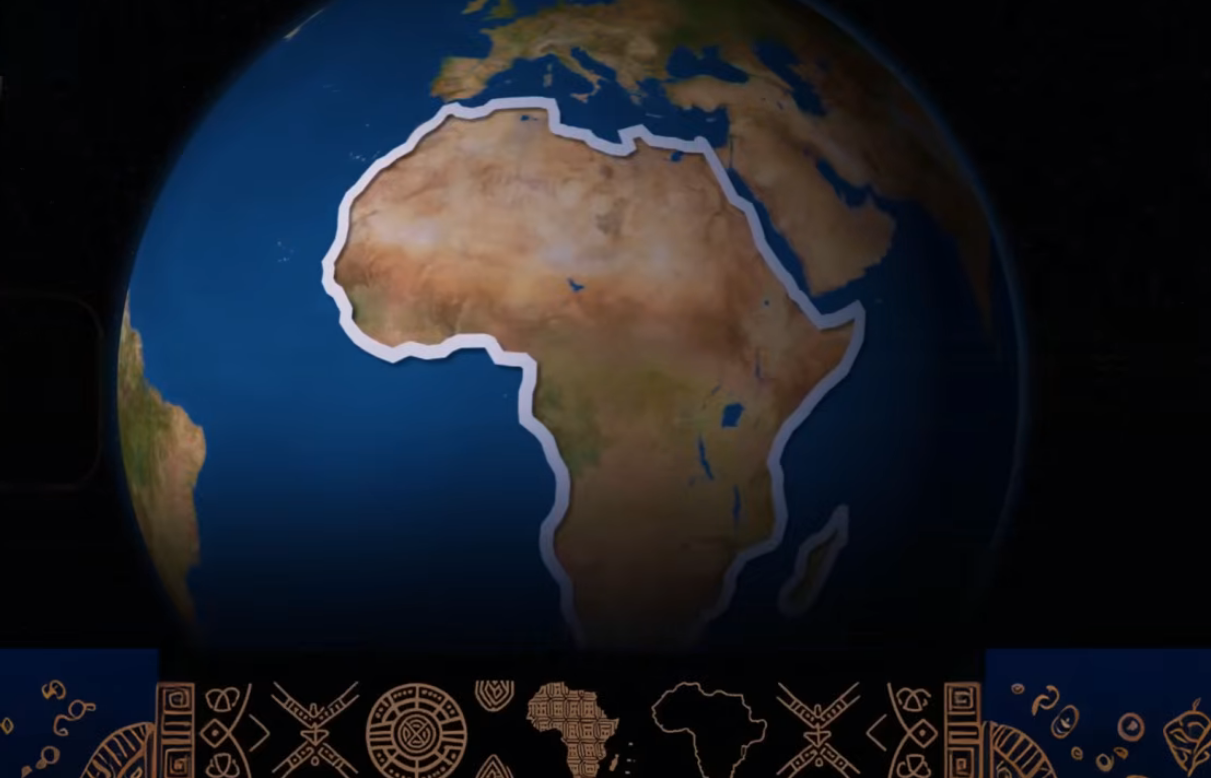Forests are one of the most important and diverse ecosystems in this world and play a crucial role in maintaining the health of our planet. They provide living organisms with everything they need to survive. In this article we will discuss the top ten largest forests in the world by their area and explore their biodiversity factors which make them special and unique.
Also Read: Top 10 Largest Countries in World by Area | Explore Biggest Countries on the Earth
List of Top 10 Largest Rainforests in the World 2024 by Area Size
| Rank | Forest Name | Location | Area (Square Kilometers) | Interesting Facts |
|---|---|---|---|---|
| 1 | Amazon Rainforest | South America (Brazil) | 5,500,000 | Largest rainforest globally, crucial for climate health, diverse plants & animals. |
| 2 | Congo Rainforest | Central Africa | 3,700,000 | Diverse wildlife (elephants, gorillas), medicinal plants, aquatic ecosystem. |
| 3 | New Guinea Rainforest | New Guinea Island | 780,000 | Covers 70% of island, rare species (tree kangaroo, Bird of Paradise), world’s largest butterfly. |
| 4 | Appalachian Rainforest | Eastern United States | 350,000 | Diverse trees (2000 species), wildlife (salamanders, bears), clean water source. |
| 5 | Valdivian Temperate Rainforest | Southern South America (Argentina, Chile) | 250,000 | Long-living trees (Alerce up to 3,000 years), ideal for studying temperate rainforests. |
| 6 | Atlantic Forest | Brazil | 100,000 | Biodiversity hub, regulates freshwater, endangered trees (Pau-Brasil). |
| 7 | Tongass National Forest | Alaska, USA | 70,000 | Largest US forest, ancient trees (Western Red Cedar), habitat for diverse wildlife. |
| 8 | Xishuangbanna Rainforest | Yunnan, China | 19,000 | Southern China’s biodiversity hotspot, endangered animals (clouded leopard). |
| 9 | Bosawas Rainforest | Nicaragua | 10,000 | Nicaraguan natural wonder, diverse mammals (monkeys, jaguars), birdwatching paradise. |
| 10 | Daintree Rainforest | Queensland, Australia | 1,200 | One of the oldest rainforests, endangered cassowary, crystal-clear waterways. |
1. Amazon Rainforest:

Taking up a huge part of South America with Brazil in the centre, this rainforest is the largest tropical rainforest in the world. It spans across 5.5 million square kilometres and is home to a wide variety of plant and animal species, more than 40,000 plant species alone. Being one of the largest forests by area in the world, it acts as a crucial support system when it comes to maintaining climate health on a global level and providing habitat to indigenous groups of people. The Amazon River that goes through the middle of the forest sustains a proper aquatic ecosystem with a vast variety of plants and fishes.
Suggested Read: https://blackstarnews.com/fashion-magazines-in-the-world-2024/
2. Congo Rainforest:

Also famously known as the Central African Forest, the Congo Rainforest expands over many countries, covering an area of about 3.7 million square kilometres. It sprawls over a significant part of Democratic Republic of Congo and is home to a staggering variety of animals like forest elephants, gorillas and a large number of bird species. This forest, one of the largest in the world, provides us with over 10,000 varieties of plant species, some of which have high medicinal properties. The distantly located swamps of the forest habitat a unique variety of aquatic beings.
3. New Guinea Rainforest:

This tropical paradise is located on the second largest island of the world, catches the eye with its rich landscapes and biodiversity. It sprawls over an area of 780,000 square kilometres, and makes up around 70 percent of land area with approximately 13,000 species of plants. Thanks to the forest being one of the biggest by area in the world, it is home to rare animal species like the tree kangaroo and the vibrant bird of paradise plant. Scientists use this as an alive laboratory due to the rare variety of flora and fauna present here, one of them being the world’s largest butterfly, the Queen Alexandra’s birdwing.
4. Appalachian Rainforest:

This wilderness, one of the biggest in the world by area, expands over the Eastern United States, covering an area of around 350,000 square kilometres through the Appalachian mountains. It is a hub for biodiversity, giving a home to around 2000 species of trees and an array of wildlife like salamanders, black bears and some migratory birds. It also hosts some astonishing plant communities like the rhododendron thickets and ancient hemlock forests. This forest plays a crucial role in maintaining the flow of water in and around the area, providing clean drinking water for the inhabitants downstream.
5. Valdivian Temperate Rainforest:
This forest is considered a treasure of nature in South America. Situated in the southern area of Argentina and Chile, it contributes to a variety of plant and animal life. It expands over an area of 250,000 square kilometres with a magnificent array of species of trees, including the Fitzroya cupressoides, known as Alerce trees in layman terms. This tree, living in one of the largest forests in the world, has the ability to live upto 3000 years. This is a heaven for geographer researchers as they can come here to study temperate rainforest ecosystems.
6. Atlantic Forest:
This forest, also known as the biodiversity hub of Brazil, stretches over an area of 100,000 square kilometres. Despite being broken down into pieces due to rapid urbanisation and agriculture, it is a crucial spot for a variety of plants. It provides a home to 20,000 species of plants, including the Brazilian rosewood and endangered tree of Pau-Brasil. This forest also does the job of regulating freshwater to various important cities in Brazil.
7. Tongass Forest:
This forest is an example of Alaska’s impeccable wilderness. It covers an area of about 70,000 square kilometres, making it the largest forest in the United States and one of the largest by area in the world. It is a home to ancient old growth trees, some of them being the Western Red Cedar and the Sitka Spruce. These trees have the ability to live over 800 years and hence facilitate the living of a variety of animals such as the brown bears, bald eagles and the famous Alexander Archipelago wolves. It also helps in absorbing the carbon in the environment, making it a crucial spot for climate stability.
8. Xishuangbanna Rainforest:
This tropical gem of China is nestled in the Yunnan city, expanding over an area of around 19,000 square kilometres. Providing habitat to over 5000 plant species, including the infamous Chinese Fan Palm, this forest becomes the perfect representation of the biodiversity present in Southern China. Along with that, it is home to animal species such as the clouded leopard, asian elephant, and around 500 species of birds. This forest also holds cultural importance for indigenous Chinese communities who have been living here for years.
9. Bosawas Rainforest:
Sprawling across an area of 10,000 square kilometres, this rainforest is Nicaragua’s natural wonder. This rainforest is a shelter for a large variety of mammals, like howler monkeys, jaguars and tapirs. Adding to that, it also hosts around 700 species of birds, making it the perfect place for people interested in bird watching. The water bodies in the rainforest maintain a regular flow and keep the climatic conditions under control.
10. Daintree Rainforest:
This rainforest located in Queensland, Australia is one of the oldest and largest rainforests in the world. Spreading over an area of around 1200 square kilometres , it shelters a large variety of flora and fauna including the endangered cassowary. This forest is known for its clear, almost transparent water streams, and majestic rivers.
It is safe to say that these forests are not only huge in size but hold immense value when it comes to the study of ecology.







